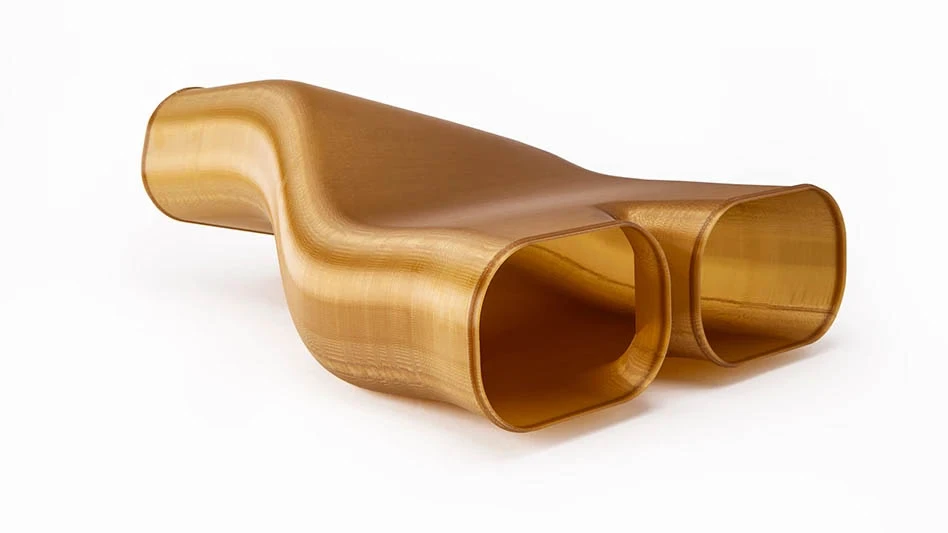 Tom Grasson Tom Grasson |
Nearly 18 months after an announcement by Boeing to build a new plant at a non-union facility in North Charleston, SC, the National Labor Relations Board (NLRB) has filed a complaint saying Boeing may have violated federal labor law. Could it be that desperate times call for desperate measures, or could it be there is more to this complaint than meets the eye? Personally, I believe it is a combination of these two things. First of all, the question needs to be asked: “Why did it take a year and a half to register a complaint?” Furthermore, prior to making the decision to build a plant in Sout Carolina, Boeing sought a proposal from the International Association of Machinists (IAM) to help meet company objectives in protecting the interest of its customers. The IMA came back with a request that Boeing guarantee new assembly lines be built in Washington, and offered to extend the current contract eight years instead of the 10 years that Boeing demanded. Considering the history of labor disputes, including one strike by engineers and four strikes by the Machinists Union since 1989 – including a two-month walkout at the end of 2008 when production of the Dreamliner was ramping up – the proposal fell far short of Boeing’s objectives. Therefore, after reviewing what makes sense for the company, Boeing made a decision to build a new facility in another part of the country; a right that Boeing or any other company in the United States has the freedom to make. There were no threats of a plant closing if Boeing did not get its demands. In fact, an additional 2,000 workers have been hired at the Seattle facility since the decision was made to build a new plant. So, if no law was broken, the NLRB complaint must be reciprocation by the current administration for the union’s involvement – both financially and with volunteer workers – in the 2008 presidential election. All we need to do is look at the administration’s track record. First, a longtime union backer was named to run the Department of Labor. Then, an attorney for the Teamsters was named to head the NLRB. In addition, the first White House political director to be named by the current administration was also actively involved in union activities. Additionally, billions of dollars was given to unions through the stimulus program and the American bankruptcy law was rewritten to reprioritize GM and Chrysler claims in labor’s favor. Furthermore, let’s not forget that the administration also rescinded the Bush-era disclosure requirements for labor leaders. While I agree that unions need representation and protection in the work environment, as well as the bargaining table, in a free marketplace, companies must have the right to locate their businesses where they see fit, and if that happens to be a right-to-work state – so be it! Sponsored Content SENNEBOGEN 340G telehandler improves the view in Macon County, NCAn elevated cab is one of several features improving operational efficiency at the Macon County Solid Waste Management agency in North Carolina. When it comes to waste management, efficiency, safety and reliability are priorities driving decisions from day one, according to staff members of the Macon County Solid Waste Management Department in western North Carolina. The agency operates a recycling plant in a facility originally designed to bale incoming materials. More recently, the building has undergone significant transformations centered around one machine: a SENNEBOGEN telehandler (telescopic handler). Sponsored Content SENNEBOGEN 340G telehandler improves the view in Macon County, NCAn elevated cab is one of several features improving operational efficiency at the Macon County Solid Waste Management agency in North Carolina. When it comes to waste management, efficiency, safety and reliability are priorities driving decisions from day one, according to staff members of the Macon County Solid Waste Management Department in western North Carolina. The agency operates a recycling plant in a facility originally designed to bale incoming materials. More recently, the building has undergone significant transformations centered around one machine: a SENNEBOGEN telehandler (telescopic handler). Sponsored Content SENNEBOGEN 340G telehandler improves the view in Macon County, NCAn elevated cab is one of several features improving operational efficiency at the Macon County Solid Waste Management agency in North Carolina. When it comes to waste management, efficiency, safety and reliability are priorities driving decisions from day one, according to staff members of the Macon County Solid Waste Management Department in western North Carolina. The agency operates a recycling plant in a facility originally designed to bale incoming materials. More recently, the building has undergone significant transformations centered around one machine: a SENNEBOGEN telehandler (telescopic handler). Sponsored Content SENNEBOGEN 340G telehandler improves the view in Macon County, NCAn elevated cab is one of several features improving operational efficiency at the Macon County Solid Waste Management agency in North Carolina. When it comes to waste management, efficiency, safety and reliability are priorities driving decisions from day one, according to staff members of the Macon County Solid Waste Management Department in western North Carolina. The agency operates a recycling plant in a facility originally designed to bale incoming materials. More recently, the building has undergone significant transformations centered around one machine: a SENNEBOGEN telehandler (telescopic handler). Sponsored Content SENNEBOGEN 340G telehandler improves the view in Macon County, NCAn elevated cab is one of several features improving operational efficiency at the Macon County Solid Waste Management agency in North Carolina. When it comes to waste management, efficiency, safety and reliability are priorities driving decisions from day one, according to staff members of the Macon County Solid Waste Management Department in western North Carolina. The agency operates a recycling plant in a facility originally designed to bale incoming materials. More recently, the building has undergone significant transformations centered around one machine: a SENNEBOGEN telehandler (telescopic handler). It’s time the current administration begins looking after public and private business as well as it looks after unions.
|
Get curated news on YOUR industry.
Enter your email to receive our newsletters.

Explore the July 2011 Issue
Check out more from this issue and find your next story to read.
Latest from Aerospace Manufacturing and Design
- Essential strategies to protect your data
- NASA selects instruments for Artemis lunar terrain vehicle
- Twin-cutter boring head
- Bell awarded funding for X-plane build phase of SPRINT program
- Shaft coupling clamps
- #46 Lunch + Learn Podcast with SMW Autoblok
- Gleason Corp. acquires the Intra Group of Companies
- Thread milling cutter reduces cutting pressure, vibration







